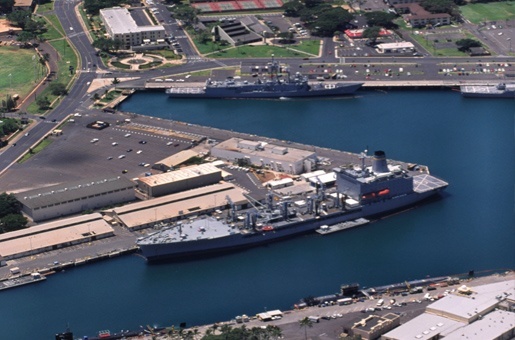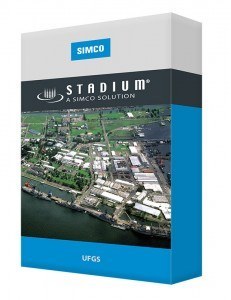
Our solutions
- STADIUM® Mix Design
- STADIUM® New Construction
- STADIUM® Maintenance & Repair
- STADIUM® Infrastructure Asset Management
- STADIUM® Bridge Deck Tool
- STADIUM® CBP
- STADIUM® Lab
- STADIUM® ECO
Featured projects
- Panama Canal – Third Set of Locks
- Fehmarnbelt Fixed Link Tunnel
Assist in the design of a series of durable concrete mixtures to meet the 100-year service-life specification set forth by the Panama Canal Authority (ACP)
Concrete mixture optimization in accordance to durability requirements and for a service life of 120 years
STADIUM® UFGS
After an extensive worldwide review and market survey of all existing technologies, the U.S. Department of Defense recognizes STADIUM® as the only accurate numerical solution for the prediction of long-term behavior of reinforced concrete structures exposed to a wide range of aggressive environments
 The UFGS application is designed to closely follow the guidelines outlined in the Unified Facilities Guide Specifications (UFGS) issued by the U.S. Department of Defense for the construction of new marine structures. It helps users design and select mixtures to meet durability targets set forth in the guide. As described in the document, the software divides the qualification and acceptance process of concrete mixtures in three different stages:
The UFGS application is designed to closely follow the guidelines outlined in the Unified Facilities Guide Specifications (UFGS) issued by the U.S. Department of Defense for the construction of new marine structures. It helps users design and select mixtures to meet durability targets set forth in the guide. As described in the document, the software divides the qualification and acceptance process of concrete mixtures in three different stages:
- Mixture Design: at this stage, mixtures are prepared in the laboratory and tested to obtain their transport properties and total volume of permeable voids (according to ASTM C 642). Based on a procedure described in the latest version of the UFGS, the statistical distribution of the main parameters is calculated.
- Durability Analysis: the software uses the properties determined on concrete samples produced in the laboratory (see the Mixture design stage) to calculate the long-term performance of candidate mixtures exposed to seawater. Service life is mainly defined as the time to initiate corrosion plus ten years for corrosion-related damage. Simulations also provide key information on the resistance of concrete to chemical deterioration resulting from exposure to seawater. In line with the requirements of the UFGS, calculations are run for different types of elements. In addition, some elements (like concrete piles) can be divided in zones, each of which being subjected to a given set of exposure conditions. At the end of this stage, target transport properties (i.e. target diffusion coefficients and moisture permeability parameters) are determined for each candidate mixture. The determination of these target transport properties is performed by taking into consideration the variability of concrete production.
- Quality Control: the final stage consists in monitoring the properties of the selected concrete mixture during full-scale production. Concrete samples are taken at regular intervals and tested according to the experimental protocol defined in the UFGS. If the measured properties are found to be non-compliant, additional simulations need to be performed to identify practical solutions to meet the durability requirements. If no solution can be found, the owner can request the removal of non-compliant concrete.

